|
In his book, Man, Play and Games, author Roger Caillois categorises games into four classifications according to the types of experiences they create (2001). Games that have Make-Believe Experiences are games that give the players the chance to do something they cannot do in real life. In The Force Unleashed games, players can use powerful Force abilities and lightsabers to take out stormtroopers. Chance Experiences are found in games where the outcome is unpredictable. Games like Dungeons and Dragons and Gambling are chance games. Vertigo Experiences are found in games were focus is extremely important and can result in the player losing track of time due to being fully immersed. This can be found in any game if it has good flow and the player gets invested. In my case, I experience this when playing Doom or Minecraft. In his book Flow: The Psychology of Optimal Experience, Mihaly Csikszentmihalyi explains that flow is when one is completely involved in an activity for its own sake (1990). Competition Experiences lie in games where one must defeat and dominate his /her opponents. Games like basketball, football, Rocket League, etc. are examples in which the experience is purely competitive. References
CAILLOIS, R. (2001). Man, play and games. Urbana, Ill, University of Illinois Press. CSIKSZENTMIHALYI, M. (1990). Flow: the psychology of optimal experience. New York, Harper & Row.
0 Comments
The Game Our game Cholesterun is a runner for both mobile and pc. The players are in control of Fredu, a Maltese glutton who constantly eats pastizzi. One must tap or press the space bar in order to make Fredu jump to escape the diet planner doctor that his wife forced him to make an appointment with. Player Types
This is a very ludic game, there is no place for exploration you just tap to jump and avoid obstacles whilst collecting pastizzi for points. There the only one of Bartle's Player Types that fit this would be achievers because they would always want to get a high score. Mental Models It breaks mental models associated with real life. The fat main character can eat as much pastizzi as he wants and stays alive but will lose by eating fruit which in reality would be a positive and healthy thing to eat. Flow The game has a clear goal eat pastizzi and tap to jump over obstacles. When it comes to feedback as soon as you tap or press space the character jumps immediately, when a pastizz is collected you get points, and when you get hit by fruit or fall in hole you lose the game. the game is pretty balanced it is not too hard as you just jump to avoid obstacles, however, you must time them carefully. Fear is an emotion we feel in response to a stimulus which cause us to avoid it. Fear of something causes what is known as the fight or flight response. This is triggered to preserve our survival. Video games in the horror genre are mostly set in the dark to use the player’s fear of the unknown against them. In the game Outlast you are to investigate an insane asylum in the dark. The main character is a journalist; he is unarmed but has a camera with night vision to allow him to see in the dark. The battery also runs out which gives you something else to fear. Five Nights at Freddy’s at is another very popular horror game that puts you in the role of a restaurant night guard who must survive “five” nights without getting killed by possessed animatronics that cheer up children during the day. I must admit that the jump scares were not the prominent source of fear in this game. I built a rush of adrenaline and felt anxious because of the fact that I was stuck in an office were I could not move, only being able to look left and right or on the camera, and had a limited amount of power that I needed to use efficiently all while having to keep track of the animatronics movements.
These kinds of vulnerability are what makes these games great horror games. Unlike Resident Evil games, these two horror games restrict your ability to fight, and in the case of Five Nights at Freddy’s, even the flight response is taken away. They leave you at the mercy of your wits and your skills in resource management in an environment that is unnerving and hostile. An affordances and signifiers are used as a subtle way to tell the player that they can interact with something in the level. An affordance is when something allows the user to do an action. A real life for example a handle on a mug affords picking it up. For example in the assassins creeds series walls have bumps and ridges that afford climbing. An affordance is when something allows the user to do an action. A real life for example a handle on a mug affords picking it up. For example in the assassins creeds series walls have bumps and ridges that afford climbing. In some cases, affordances might be too complex or the affordance is too common that it might leave a player to waste time. To accommodate for this, designers put in signifiers. In the game Sekiro there are scratches on the walls to show whether a player can wall hug or grab on a ledge in order to traverse to the other side. In Breath of the Wild you can climb almost every surface but some times it might be a waste of time to go somewhere as you will not get any rewards but sometimes you might see something glowing in the night on top of a mountain. This would most likely be a shrine or the Lord of the Mountain just appeared.
If the player gets hit by the Goomba, he/she dies and now the player knows he has encountered an enemy. The next item in the question block is a mushroom it has the shape of a Goomba and therefore might scare the player into trying to run away from it however in Mario the camera does not scroll left so the player is trapped under a ceiling which cannot be broken when Mario is tiny. The wall is low enough that trying to jump on a mushroom often results in a fail. If the player hits the mushroom, he realises that he grows bigger and can destroy certain bricks. In order to teach the player how to avoid pitfalls (even though there are pitfalls before) they first put a staircase with a gap in it but in the first flight the floor will keep you from falling. You then encounter a second flight of steps but this time the player notices there is no floor to keep him from falling so he must jump. Before the first pitfall there is an invisible block; this could have probably helped players with bad timing if they hit the jump button too early or potentially rewarded players who jumped a lot. Now the player realised that there could be secret hidden blocks in the air and also that a mushroom with green spots gave an extra life.
Mental models are concepts we use to help ourselves understand new stimulus by association to other stimulus. If a stimulus cannot be matched with something else we set it up as the base mental model. “The image of the world around us, which we carry in our head, is just a model. Nobody in his head imagines all the world, government or country. He has only selected concepts, and relationships between them, and uses those to represent the real system” (Forrester, 1971). As gamers we do have mental models of our own that we expect companies to respect. For example in every game the OK button should be ‘X’ on PlayStation and ‘A’ on the Nintendo Switch. I learnt first hand that mental models can lead you to assume something about a certain stimulus which is false due to past experiences with a similar stimulus. For this week we were told to play a game called Frog Fractions. At first glance the game looks like a children’s educational game. Bugs flying down and you must eat them to protect the fruit. When you eat a bug it pops out a random fraction. Seeing that the score was also in fractions I was thinking that this was a way for them to teach children how to add up fractions but in all honesty I was not doing the math. The game also has a typing game to make it seem more like a learning game. Having this idea of it being a mediocre educational game I did not test the games like usually do. Having the mental model associated with educational games I completely threw my explorative nature out the window as educational games are usually rigid and follow a very ludic structure. When I had the dragon upgrade kept pressing down by mistake and this took me away from the main screen to find “billions of fruit” on the lakebed. This excessive amount of in game currency allowed me to buy a warp drive which allowed me to go to mars. From this point on the game is a completely different and weird game. References
Forrester, J.W., 1971. Counterintuitive behavior of social systems. Technological Forecasting and Social Change, 3, pp.1-22. Fortnite is a multiplayer game were 100 people are dropped on an island and have to shoot each other. Victory in Solo mode is achieved by the last player standing. In Duos or Squads the Last team standing wins. Richard Bartle's Player TypesKillers This is the Player type Fortnite mostly caters towards since it is a shooter game. Achievers In Fortnite there are limited time cosmetics that one can get during a season. Each item will unlock once a certain goal is reached by the player while playing the game. This could be to get a number of kills, or open a number of chests, etc. Achievers are more likely to buy a battle pass to get the extra achievements that are not available in the free version of the game. Socializers Socializes are more likely to play in Squad mode or Duos so they can talk to and help other people online. Explorers Each Battle Pass comes with a few riddle challenges that one must find within the game map while playing. Explorers are usually the ones who find the most challenging ones first and claim their special prize.
Inside is a horror game were you play the story of a boy in a dystopian world. The dull coloured visuals give this feeling of danger and you are always fearing for the child’s life. I must admit that for the few minutes I played the game I felt like I was responsible for the boys if he died and to some extent felt like I would die if he dies. In reality the only thing that died was my hopes of ever finishing the game.
This game is a 2D game using a 2.5D effect so I cannot say I was fully immersed in the environment as if it was a 3d or VR game. However the colour scheme of everything around the boy helps you to keep focusing on him. The boys red shirt contrasts everything else. This does not mean you should not look at whatever is around you however. The lighting inside the game is what helped guide me. The environment lighting guides your path towards finishing part of the level, on the other hand, the torch lights signify danger and if you are caught in them you are dead.immersed in the environment as if it was a 3d or VR game. A great thing I heard about the game is that from beginning to end it has no loading screen so you are not interrupted from the experience. Last week I talked about Doom and how the game involved me into playing it. I believe that although Inside is a third person 2D Game I still was involved and immersed whilst playing it. I felt ludically involved within the game because I like to play puzzle games and I really enjoyed the challenges I had to do in order to progress further. My favourite puzzles are the ones where I possessed people who moved at my command. When gamers feel like they are involved deeply in a game and lose track of time playing it, they might say that the game is immersive. In my experience playing games I feel like the word immersion does not refer to one type of game (ex. hi-res 4k, first person, open-world game with no HUD), rather it refers to how elements like sound, light, gameplay mechanics, etc. are used in order to keep the player interested in the game. I feel like the word immersive is not a valid way to describe a game as it is player specific. Someone might say the first legend of Zelda game immerses him because it is a sort of open world game with a lot of places to explore, dungeons to conquer and he might really like the theme song, meanwhile, his friend might not get immersed in it because it is a fantasy game, the graphics are pixellated, it is 3rd person and it is 2D. Sometimes aiming for realism to create immersion could result in the opposite. The History Channel's game Battle for the Pacific is a game that opts to create the feeling of being in World War II by recreating some of the battles, however, a player will immediately lose immersion when they get stuck behind the squad leader in a trench, AI of enemies not being able to hit them and bad shooting mechanics. A game I really like playing and I feel hooked to is Doom. My first experience was playing the first Doom created in 1993. As soon as I started up the first level I was immediately blown away by the song "At Doom's Gate". The level design of this game also helps with the experience as each level is carefully crafted to lead the player to the end however does not feel too linear. In the new game created in 2016, the graphics are massive contributors to why people get immersed in the game. However, this game also has a lot of new demon-killing tricks up its sleeve which could keep the player hooked to the screen waiting for more monsters to kill in creative ways, utilising a huge arsenal of weapons, with a lot of upgrades, at your disposal. I will go on to describe this further using Gordon Calleja's six aspects that make up an immersive experience in relation to my experience with Doom games.
Kinesthetic Involvement deals with in-game control and movement. In the old Doom, the player could only move back, forward, left, and right, and look left and right but not up and down. on the other hand in the new Doom, the player can move and look in any direction, double jump and grab onto ledges. There is almost no fall damage in the game which encourages the user to jump on enemies to make a death-from-above kill. Ludic Involvement encapsulates the player's interaction with the game rules. In both Doom games, there are a number of rules like having a health and armour bar that you have to keep an eye on, some monsters must be killed in a specific way, and some doors can only be opened with specific keys. Affective Involvement is concerned with emotion. Since the story of Doom Guy is not a big deal in the game the affective involvement must come from something else. The environment of a game can affect how involved one can get within the game. although the old game looks dated now back then it was revolutionary. It was one of the first "3D" ever and no gamer has ever seen anything like it. The new game looks very realistic in terms of graphics, but judging from the trailer for its sequel, it did not look realistic enough and with each iteration, the graphical boundary is pushed. Narrative Involvement - A story can make the player curious of what will unfold in the story and keep the player stuck to the screen. In Doom the story is not given a lot of importance. Those wish to know the story behind it are free to do it but it is not imposed. Shared Involvement refers to multiplayer games or interaction with some other AI character. Doom has an online fps mode. although it is not as popular as the main game there is one gimmick that keeps people playing it. this is the ability to turn into a demon to kill other players. Spatial Involvement deals with the environment of the game. Doom has a lot of landmarks that help the player where he/ she is on the map. the player can also check the mini-map to check out where they have traversed and where keys and other items are located. |
AuthorWrite something about yourself. No need to be fancy, just an overview. Archives
June 2019
Categories |
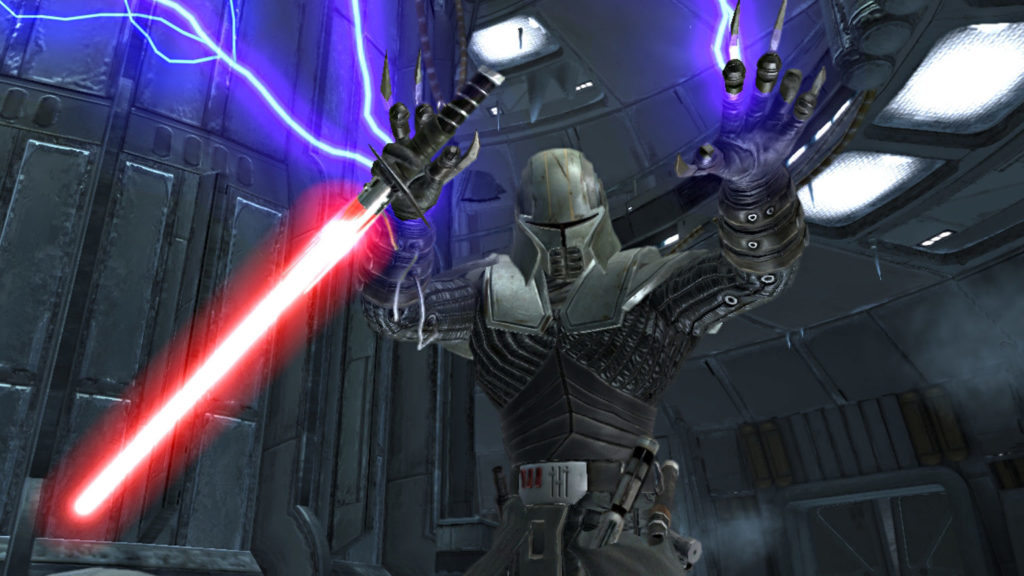
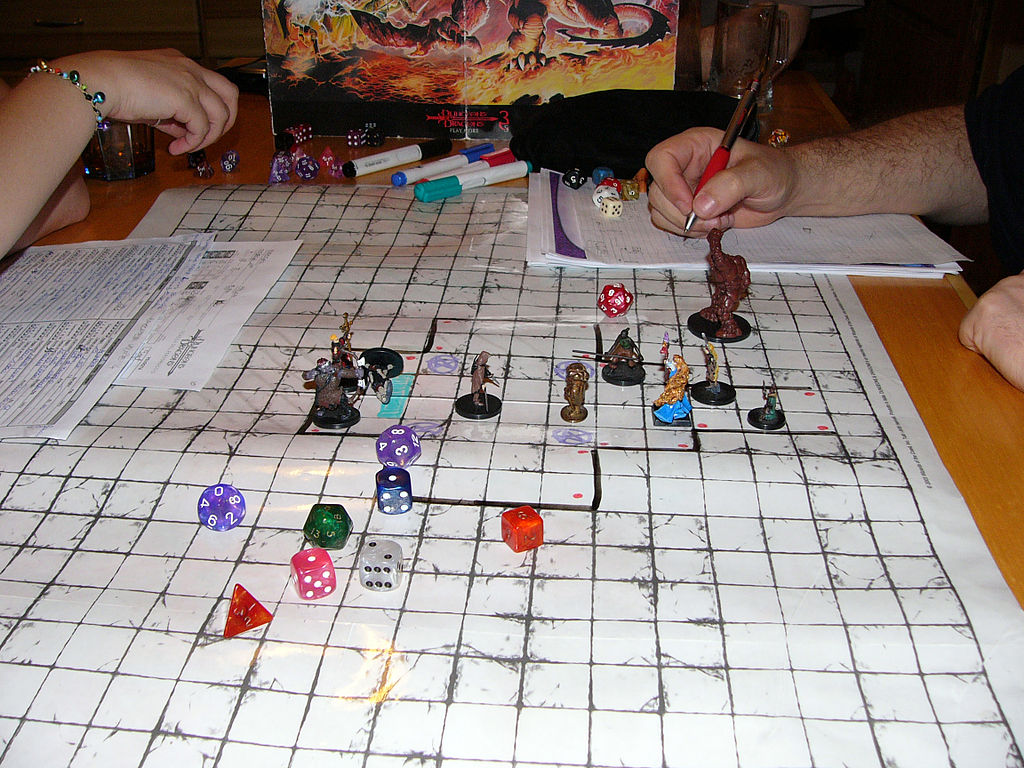
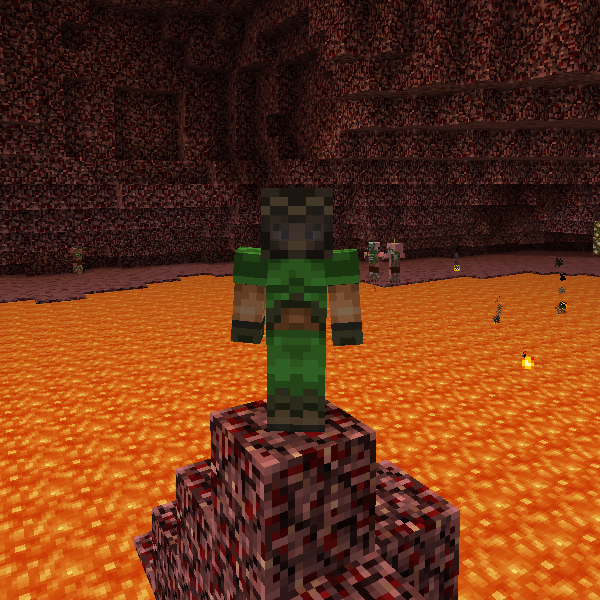
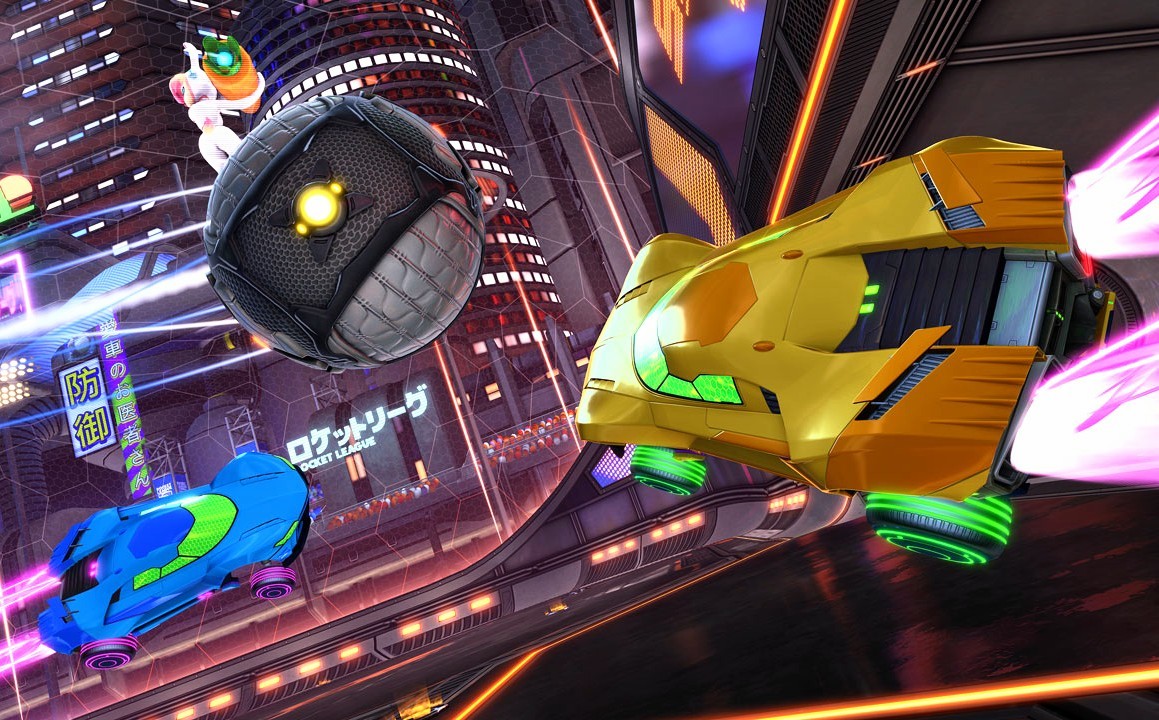
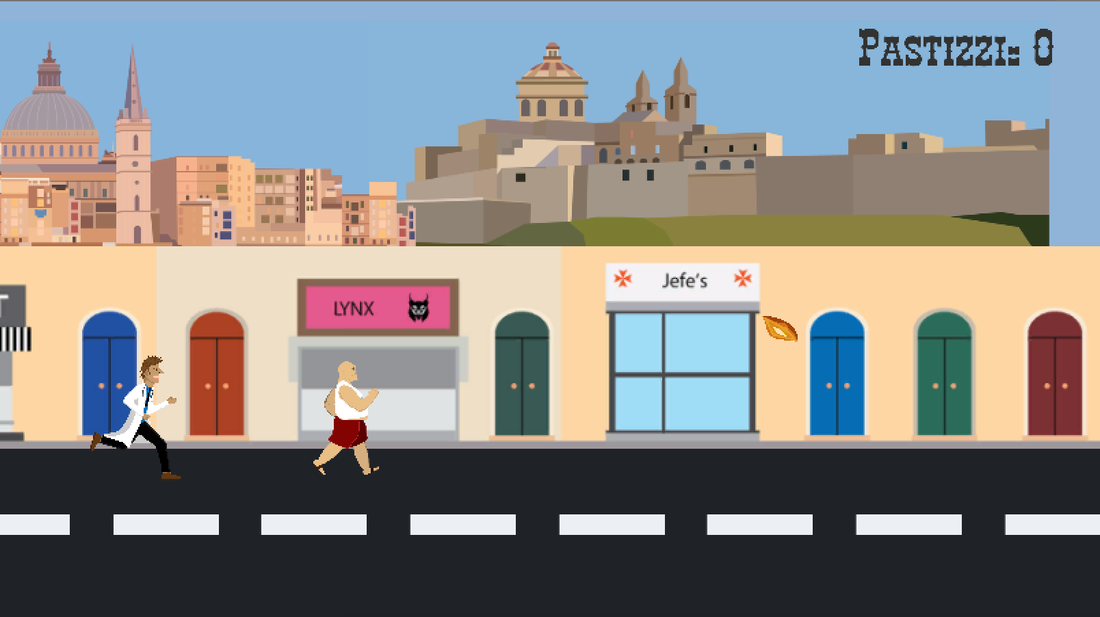
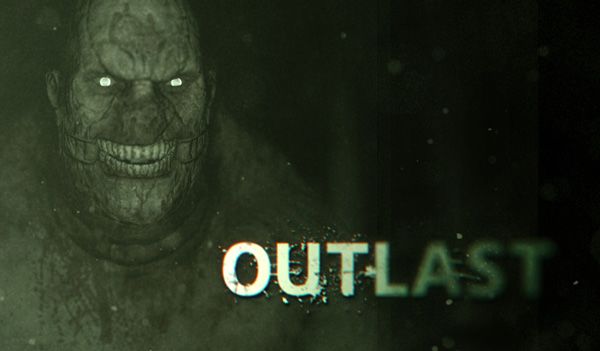
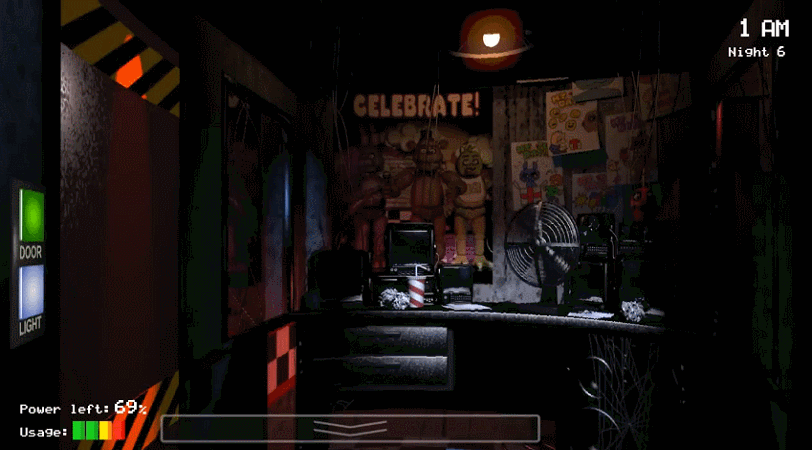
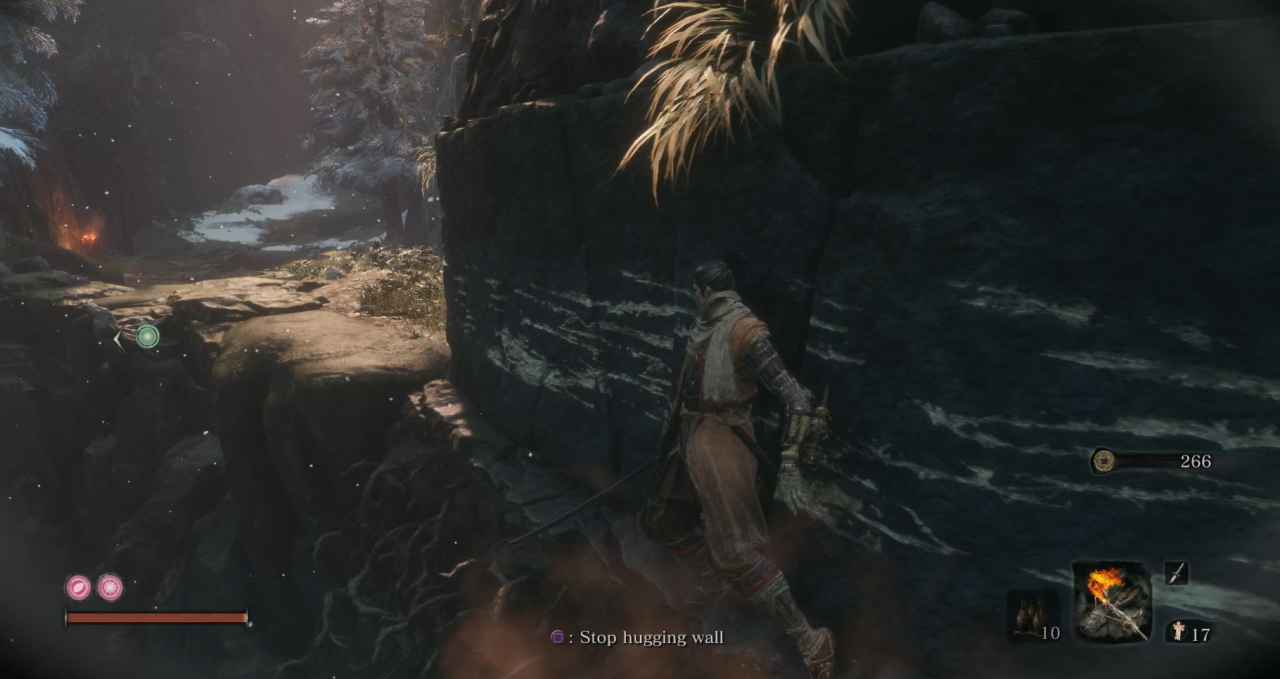
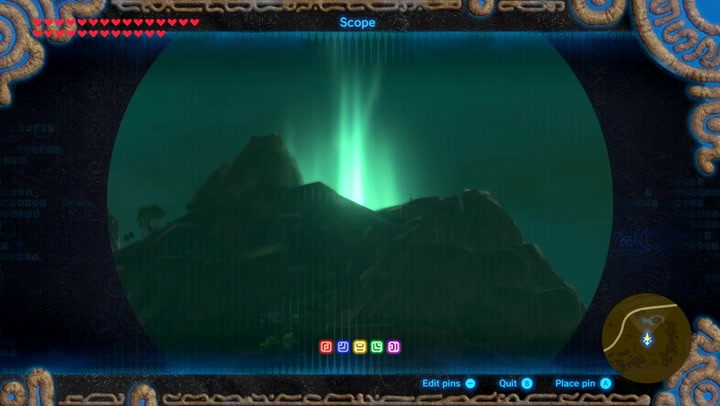
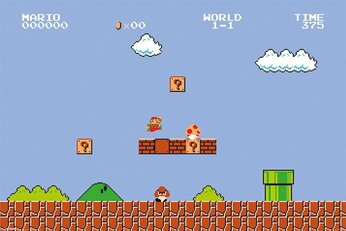
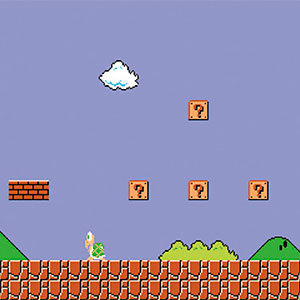
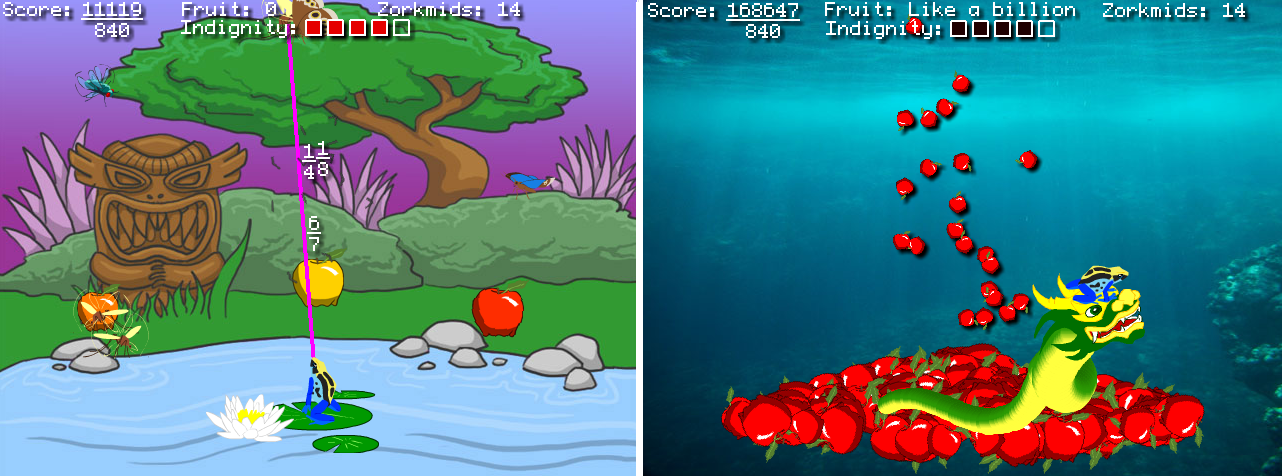
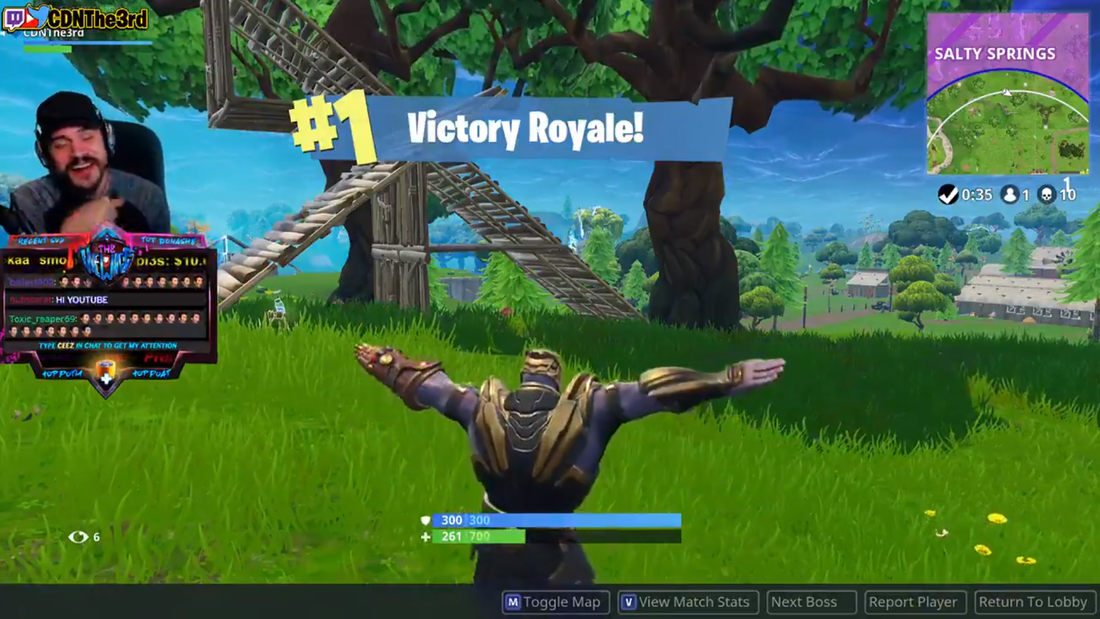
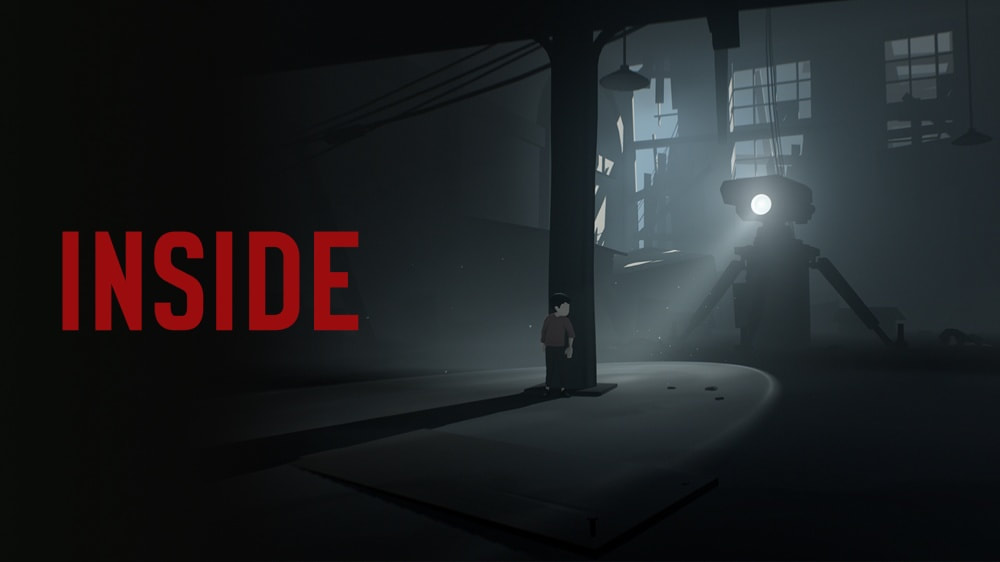
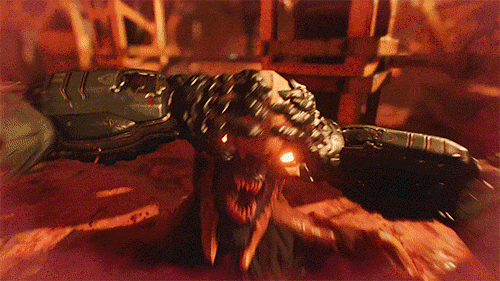
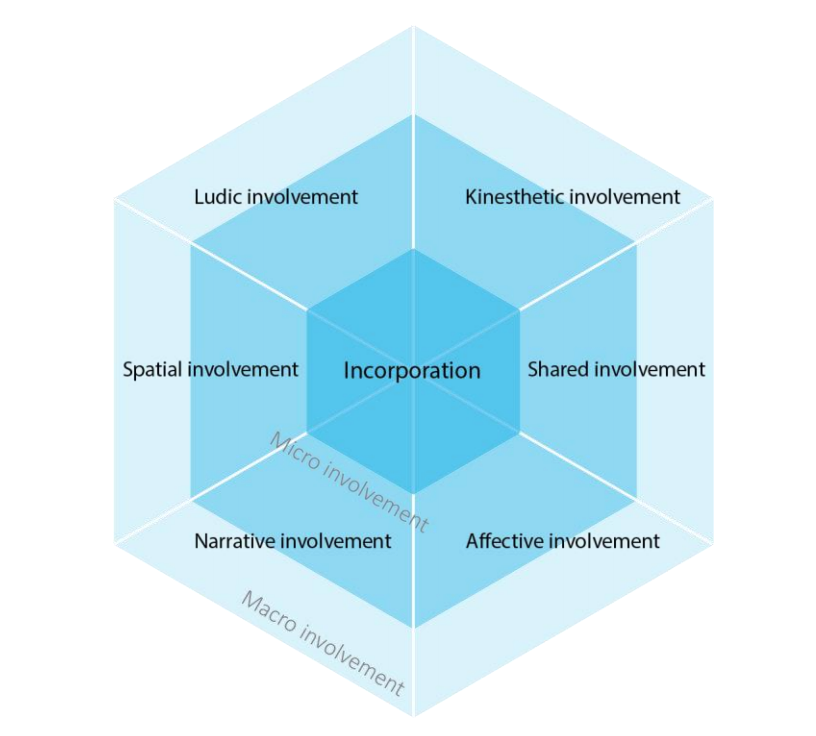
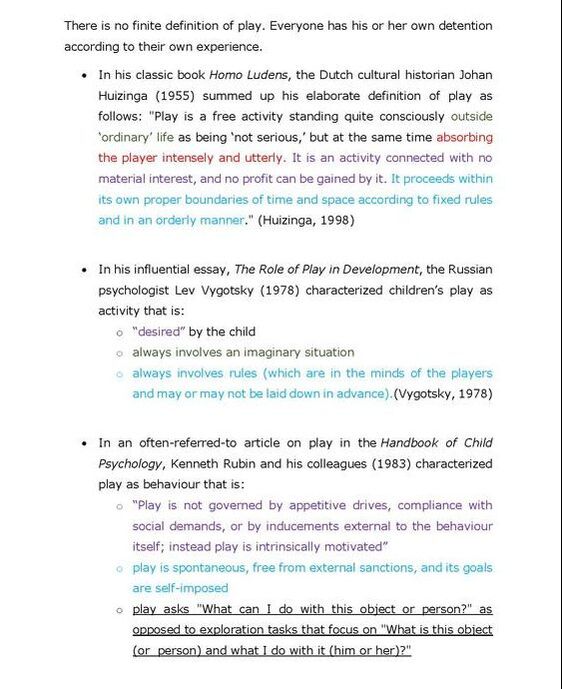
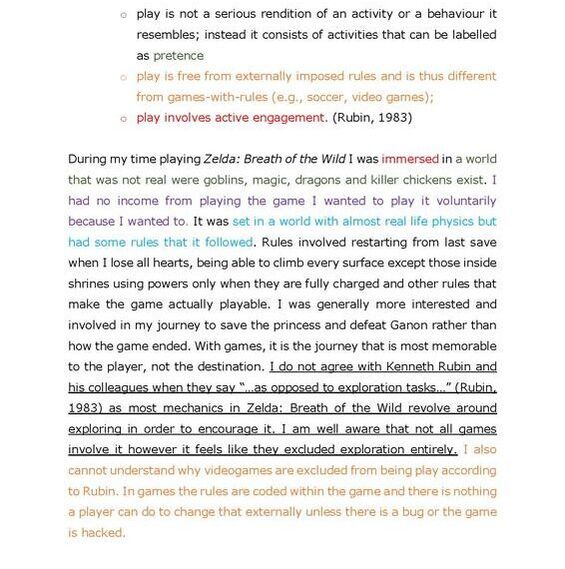

 RSS Feed
RSS Feed